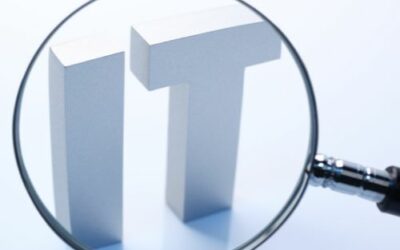How can you save your business by using an asset register app? Read this post now to uncover the secrets that could help your business thrive!
The Benefits Of Using Asset Tracking Software
The Benefits Of Using Asset Tracking Software
Tracking assets is serious business and it’s something that’s becoming increasingly popular. While businesses everywhere have always tracked assets they’ve not always used a digital solution.
The great news is that you can now find asset tracking software that can help you. It’s possible for you to keep a close eye on your assets all of the time. 24 hours a day, 7 days a week, that’s how long you can track your assets for. But what are the benefits of tracking your assets? Let’s explore this now.
Assets Can Be Located Quickly
One of the major benefits of using the latest asset tracking software is its ability to locate each asset. It’s realistically possible for you to know where your assets are located all of the time.
With the touch of a button, you can see where each asset is. Alternatively, you may be able to track a chosen group of assets. This could prove to be very useful if you’ve sent some equipment out in the field, for example. You could see whether your equipment has reached a construction site, a specific office, or any other location. This feature can also be useful if you want to see where your assets are along the M11, for example. Being able to locate your assets quickly can provide reassurance while also boosting security. This is one of the major benefits associated with tracking your assets.
Less Time Can Be Spent Ticking Boxes
It’s very likely that you spend a lot of your working day ticking boxes. This process can take up quite a bit of your time. The really good news is that when you use asset tracking software box-ticking may not be required.
You could, for example, tell your software to automatically create an invoice for each of your customers. You could receive a notification when an invoice is paid. Failed to receive a payment from a client on time? A letter that includes a late payment fee could be sent.
This particular feature could also be useful if you need to check off a delivery, send the same message to more than one colleague, and so much more. Your new asset tracking software could save you a lot of time.
Spreadsheets Can Be Replaced
In the past, a lot of businesses used to rely on spreadsheets. It was the latest and most convenient way to track your assets. The only problem is that using a spreadsheet can be very unreliable.
Inputting the wrong equation and adding incorrect figures is very easy. Unfortunately, this was and still is a common occurrence. When the wrong equations and figures are used, they can give you incorrect information. It’s this information that you could use to make business decisions.
When you use reliable and modern asset tracking software, however, you can eliminate such errors. You could constantly receive accurate data each time an asset is used, sold, replaced, repaired, and so on. In some cases, you could export this important data and examine it. Being able to do this ensures that you can read the data and make more informed decisions. However, in order to do this you need to use tracking software that comes with this feature. Check what features are offered before you choose tracking software.
Assets Can Be Assigned To Sites And Team Members
Did you know that you can assign assets to both sites and team members? Being able to do this ensures that only the right assets are used by the right people. This can help to increase security and ensure your assets are less likely to get lost, damaged, or stolen.
When you assign assets to team members and sites, it will be obvious that they are tracked. The barcodes, QR codes, or RFID tags used will be visible. It’s this that can help to prevent assets from going astray. Additionally, it also ensures that your assets are taken care of. A direct consequence of this means you could spend less on maintenance.
Imagine being able to spend less money replacing and repairing your assets. You could use the money you would have spent on repairs, for example, elsewhere. A result of this means that you could save money or divert it to areas where it’s much needed. All of this is possible when you use the right asset tracking software.
Ideal for Any Business
Asset tracking software is ideal for any business. Whether you’re a multinational corporation, a big business in the centre of town, or a small business that’s just starting out. You could benefit from using software that tracks all of your assets. The great news is that tracking assets is easy, reliable, and hugely beneficial. It’s up to you whether you want to make the most of all that it has to offer.
Wish to chat with an asset tracking expert? Contact us now at team@itemit.com.
The Best Asset Tracking Software
Choose a better way to track your assets
Start your free 14-day trial now
Instant access. No credit card details required.
Related articles
How Your Business Can Save Money By Using An Asset Register
What IT Asset Management Is And Why You Need it
An IT asset management system can make a huge difference in your workplace. It can help you to have more control over your IT assets. Read more here!
What Is RFID Tracking?
What exactly is RFID tracking and how can it help your business every single day? What are the benefits? Read this post to find out!






